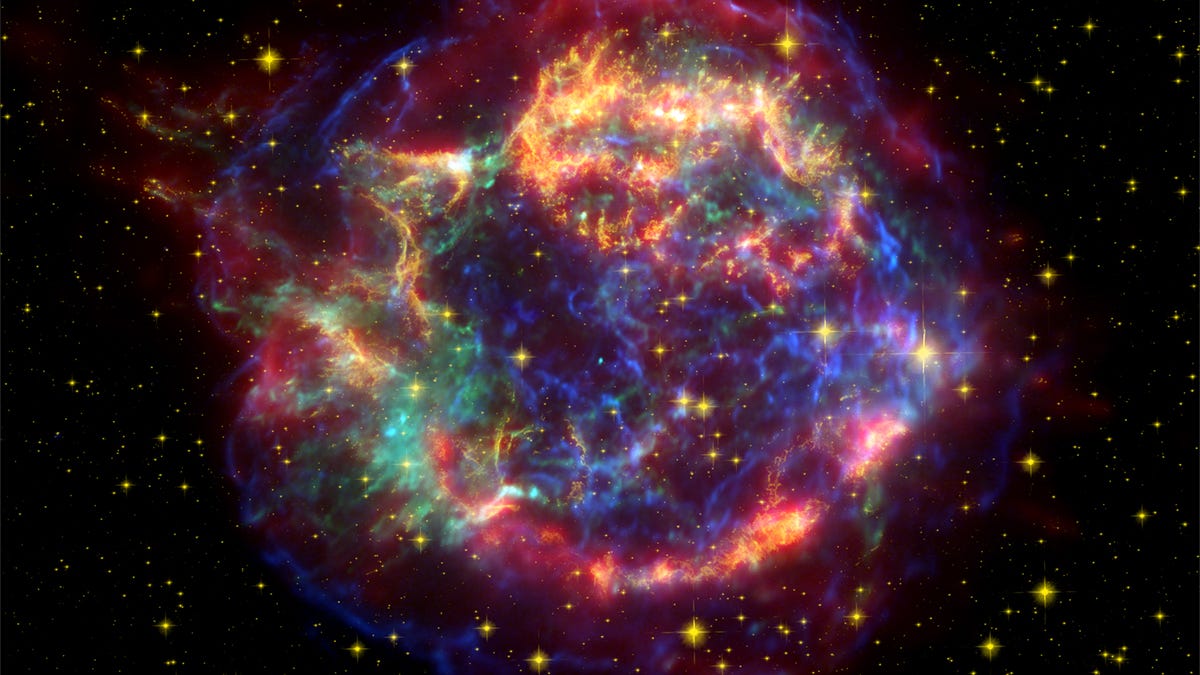This is what an exploding star looks like (for real)
The Kepler space telescope captures something wonderful: the shockwave of an exploding star.
For the first time, scientists have been given a look at the moment of extreme brightness when a star goes supernova in visible light.
In fact, not one, but two exploding stars were captured by the Kepler space telescope in 2011. Two red supergiants exploded in what are known as Type II supernovae, which occur when the star's core collapses and violently explodes in rapid succession. The shockwave, or shock breakout, of this explosion only lasts about 20 minutes, so capturing one of these events is incredible.
The international team, led by astrophysics professor Peter Garnavich of the University of Notre Dame in Indiana, went looking for supernovae in the Kepler data. They analysed data from a three-year period, wherein Kepler captured images every 30 minutes, covering over 500 galaxies and 50 trillion stars.
They found what they were looking for with KSN 2011a and KSN 2011d. The first of the two supernovae occurred some 700 million light-years away, with a star nearly 300 times the size of the sun. The second occurred 1.2 billion light-years away, with a star around 500 times that of the sun.
Their research has been accepted for publication in the Astrophysical Journal and is available to read in full on arXiv.
"In order to see something that happens on timescales of minutes, like a shock breakout, you want to have a camera continuously monitoring the sky," Garnavich said in a statement. "You don't know when a supernova is going to go off, and Kepler's vigilance allowed us to be a witness as the explosion began."
Although both supernovae showed similar energy levels, and closely matched the mathematical models for Type II supernovae, only KSN 2011d was followed by a shock breakout.
This is not disappointing. By comparing the two very similar events, the team was able to look at the differences between them to figure out why one had a shock breakout and one did not. In the case of KSN 2011a, the team hypothesises that a gas cloud around the star absorbed or masked the shock breakout.
"That is the puzzle of these results," said Garnavich. "You look at two supernovae and see two different things. That's maximum diversity."
This discovery is important because actually observing an event in action will allow scientists to gauge much more accurately how that event came to pass. And understanding supernovae will help understand how not just elements, but life itself, have been scattered throughout the universe. This is in keeping with Kepler's mission to find life outside the solar system.
"All heavy elements in the universe come from supernova explosions. For example, all the silver, nickel, and copper in the Earth and even in our bodies came from the explosive death throes of stars," said Steve Howell, project scientist for NASA's Kepler and K2 missions.
"Life exists because of supernovae."


